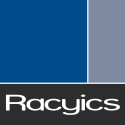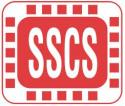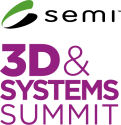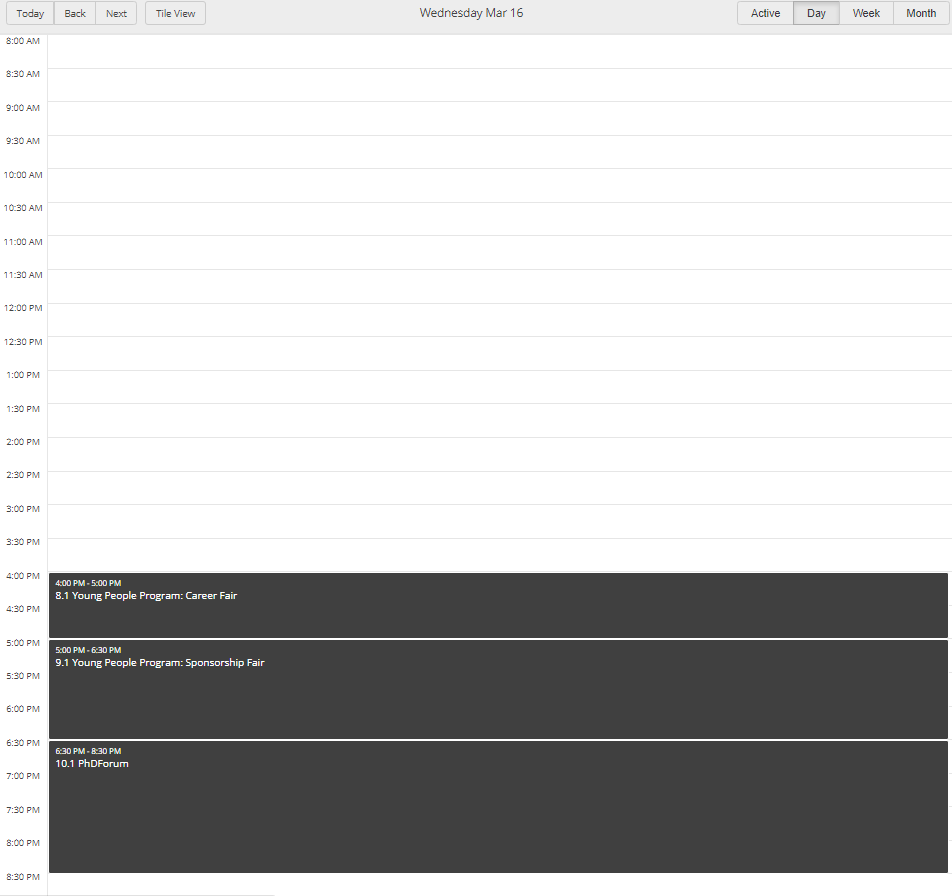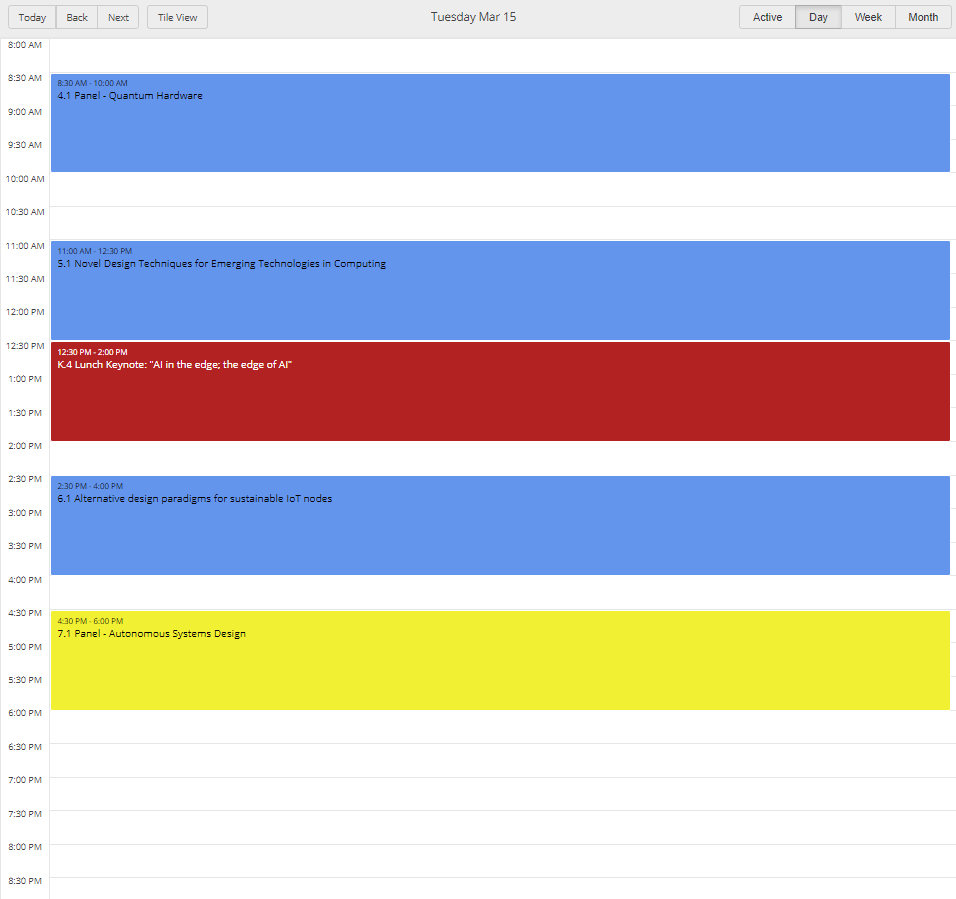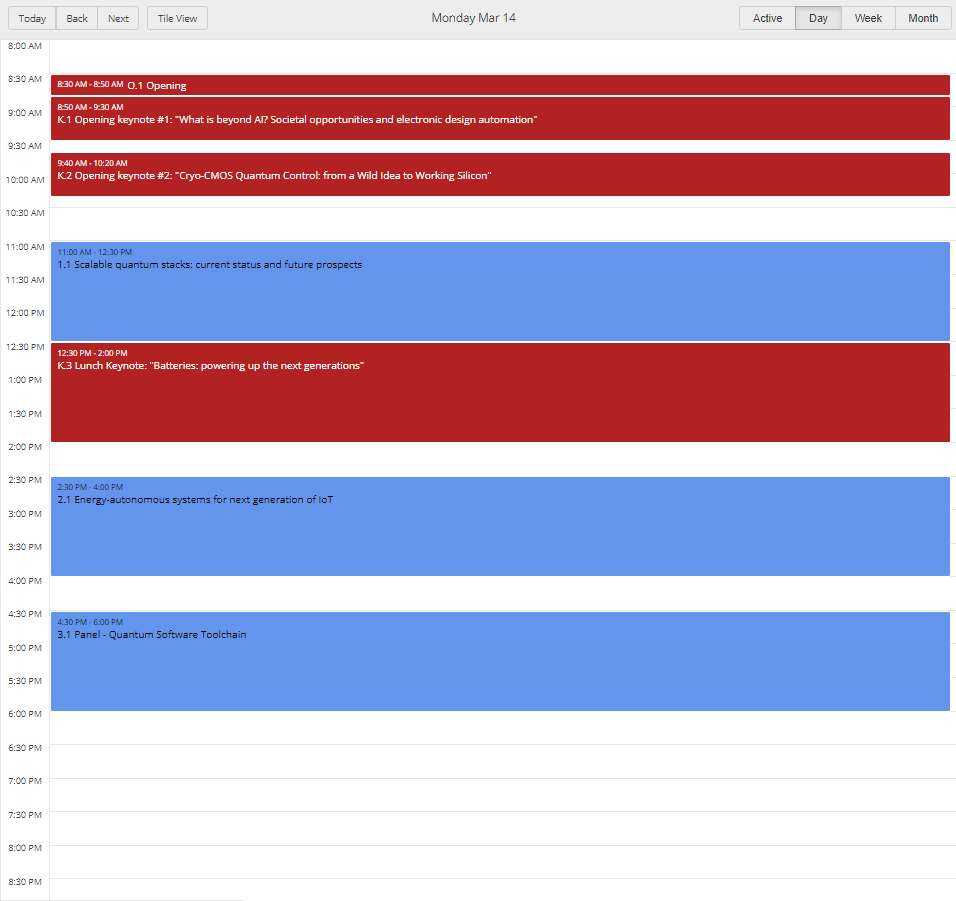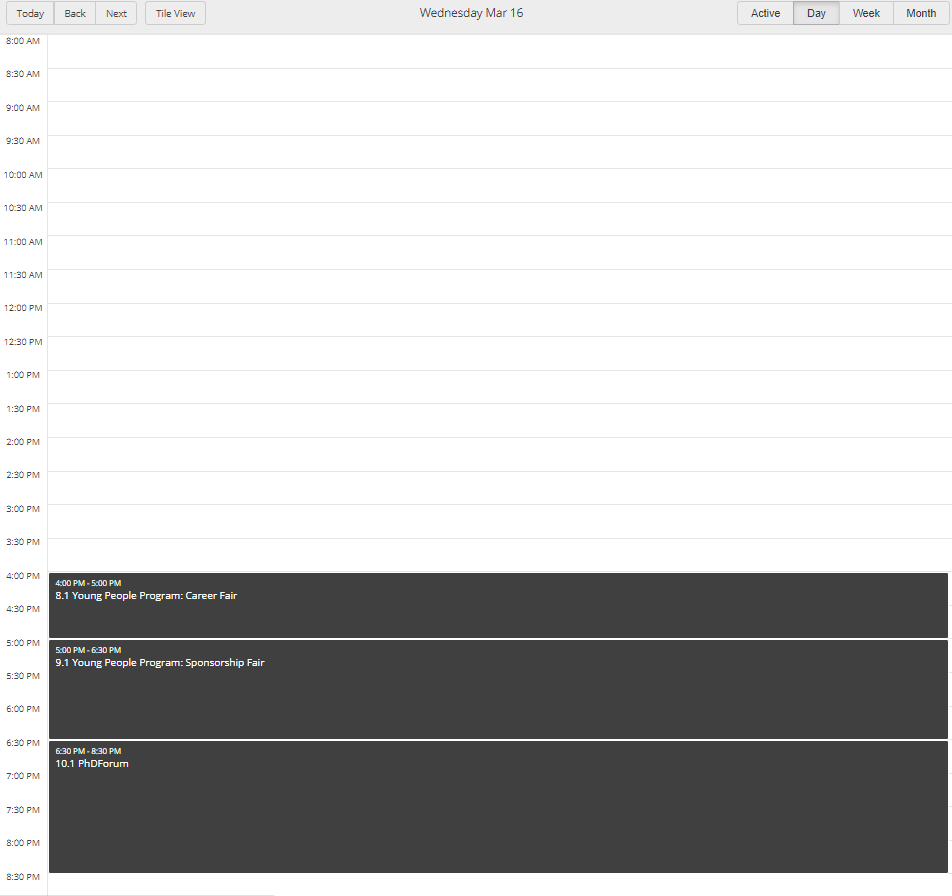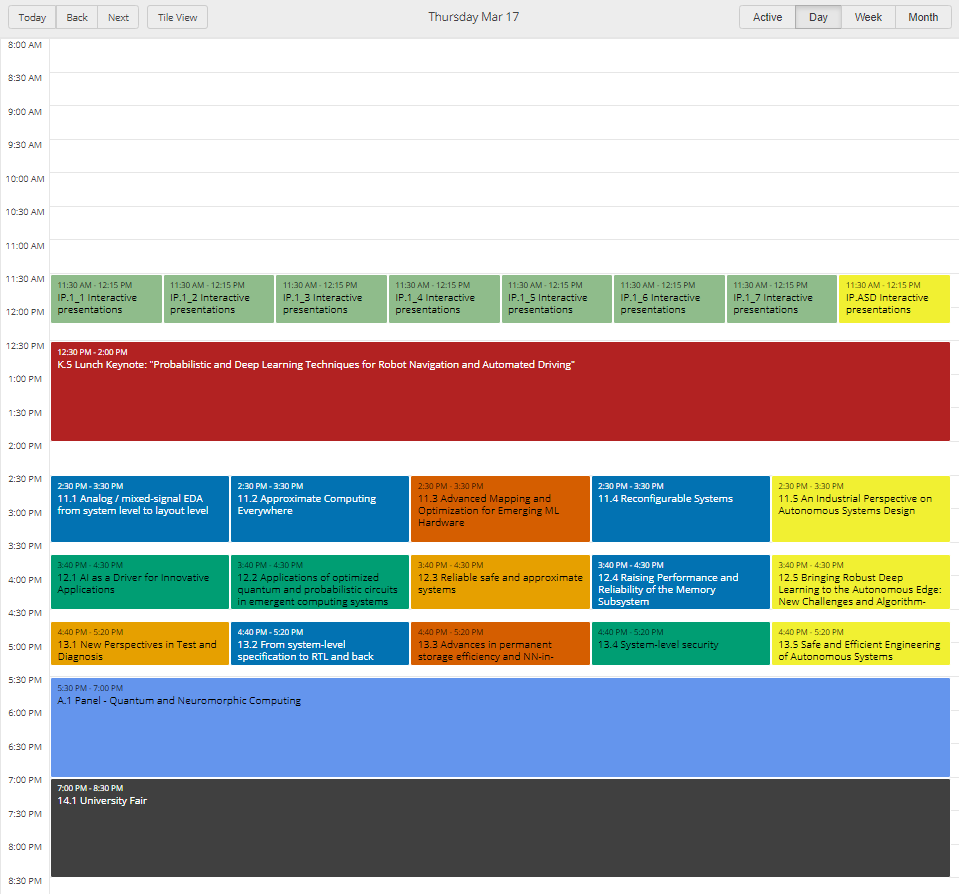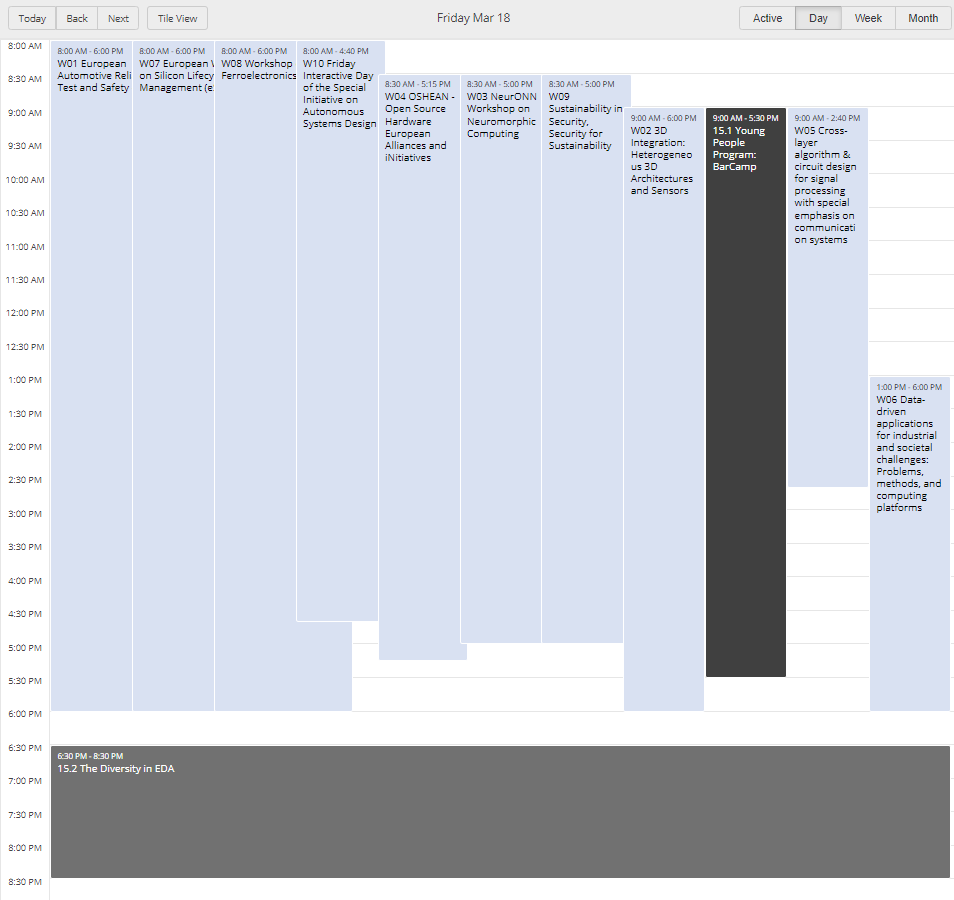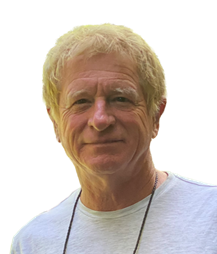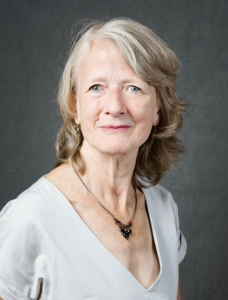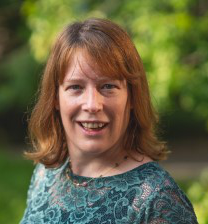The DATE conference is the main European event bringing together designers and design automation users, researchers and vendors as well as specialists in the hardware and software design, test and manufacturing of electronic circuits and systems. DATE puts a strong emphasis on both technology and systems, covering ICs/SoCs, reconfigurable hardware and embedded systems as well as embedded software.
The three-day event consists of a conference with regular papers, late breaking results papers and extended abstracts, complemented by timely keynotes, special days, focus sessions, embedded tutorials, half-day workshops and multi-partner project sessions. The event will also host the Young People Programme and newly introduced unplugged sessions fostering the networking and the exchange of information on relevant issues, recent research outcomes and career opportunities.
DATE 2023 is the 26th edition of an event that has always been the place for researchers, young professionals and industrial partners to meet, present their research and discuss the current development and next trends, with high emphasis on social interaction.
For its 2023 edition, DATE presents itself in a renewed format: After three years of online editions due to COVID-19, DATE 2023 focusses on interaction as well as reinforcing and rebuilding links in the community. Accordingly, we employ some substantial changes to the established format intending for significant added value for in-person participation: Rather than spreading the attendance throughout an entire week, we condense DATE to three days – and make them count! Furthermore, the vast majority of regular papers will be presented in a renewed format of technical sessions focussing on live interactions (in addition to the common full-length presentations available before, during and after the conference by video). By this, we make sure that the community can actually do what conferences are for: meeting, discussing and exchanging.


